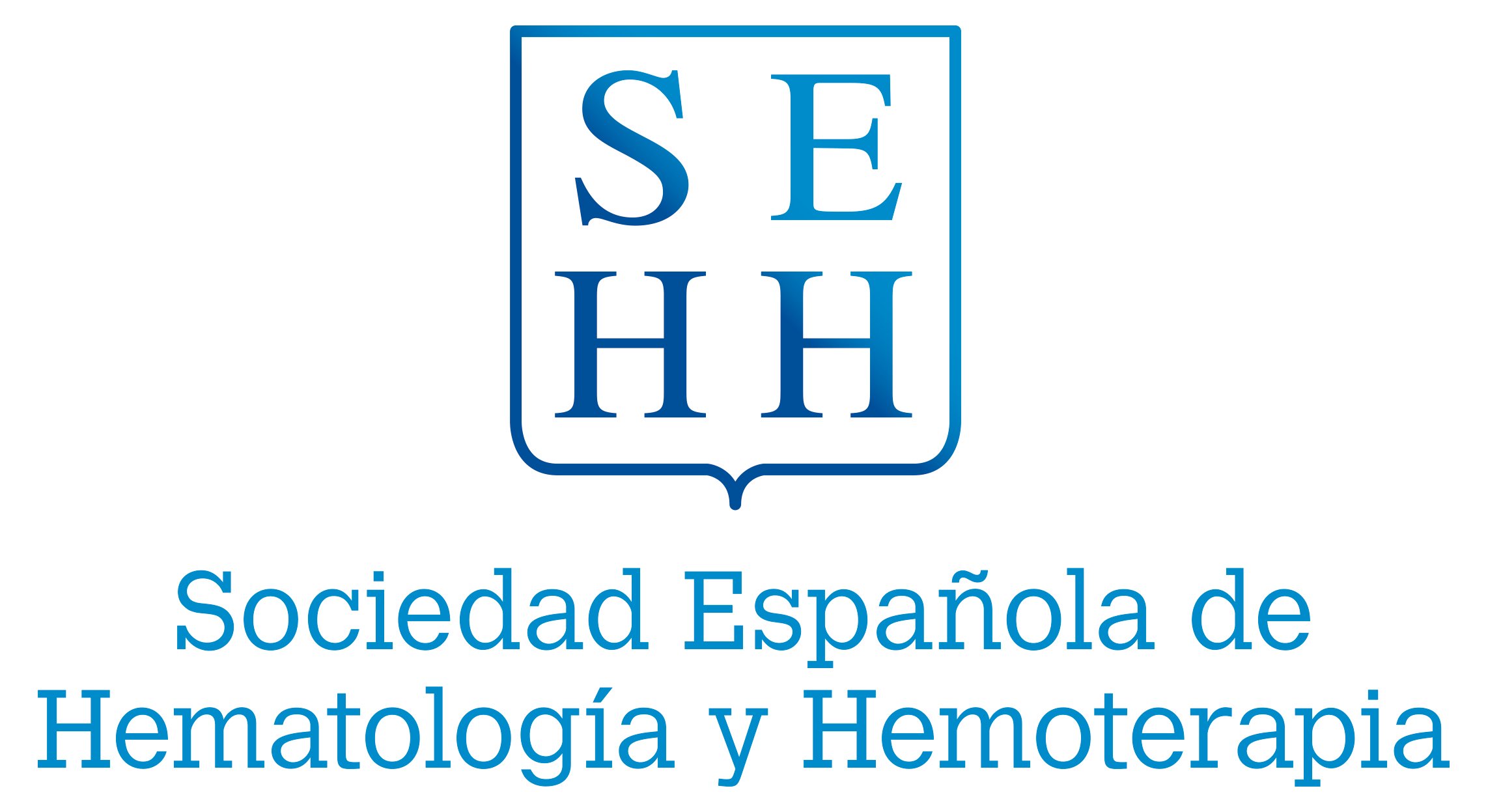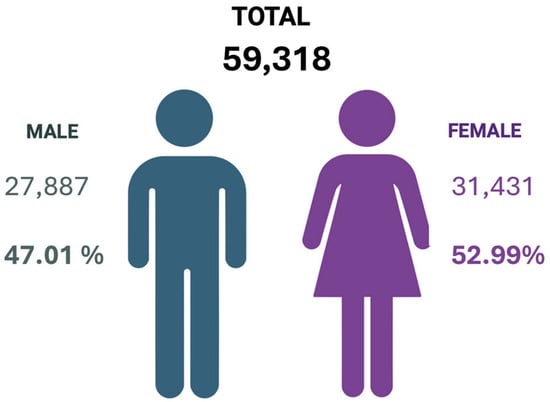- Article
Phenotypic Frequency of ABO, RH1, and Kell Blood Group Antigens in Blood Donors from Southern Chile
- María Martínez,
- Miguel Ángel Muñoz and
- Camila Riquelme
- + 5 authors
Background/Objectives: Understanding blood group antigen distribution is essential for transfusion safety and preventing alloimmunization in transfused patients. The ABO, RH1, and Kell blood group systems are among the most clinically significant due to their high immunogenic potential and their role in hemolytic transfusion reactions and hemolytic disease of the newborn. Despite their clinical significance, data on the phenotypic frequency of these samples in southern Chile are limited. This study aimed to identify the distribution of ABO, RH1, and Kell blood group systems among blood donors at the Centro de Sangre Concepción, adding regional data to the national transfusion medicine records. Methods: A retrospective, descriptive analysis was conducted using data from 59,318 blood donations collected in 2024 by the Concepción Blood Center, part of the Southern Transfusion Medicine Macronetwork in Chile. Blood typing for the ABO, RH1, and Kell antigen (KEL1) typing was performed in accordance with national regulations established by the Ministry of Health (MINSAL). Results: Blood group O was the most frequent (61.3%), followed by A (27.8%), B (9.0%), and AB (1.9%). RH1 positivity was observed in 94.47% of donors, and Kell positivity in 4.24%. The distribution of Kell phenotypes was comparable between men (4.38%) and women (4.11%), with the highest frequency in donors aged 27–52 years. Conclusions: The phenotypic distribution observed reflects national patterns and shows the genetic makeup of southern Chile. The low but important prevalence of Kell-positive donors emphasizes the need for systematic Kell antigen screening to prevent alloimmunization and improve transfusion safety.
9 December 2025






